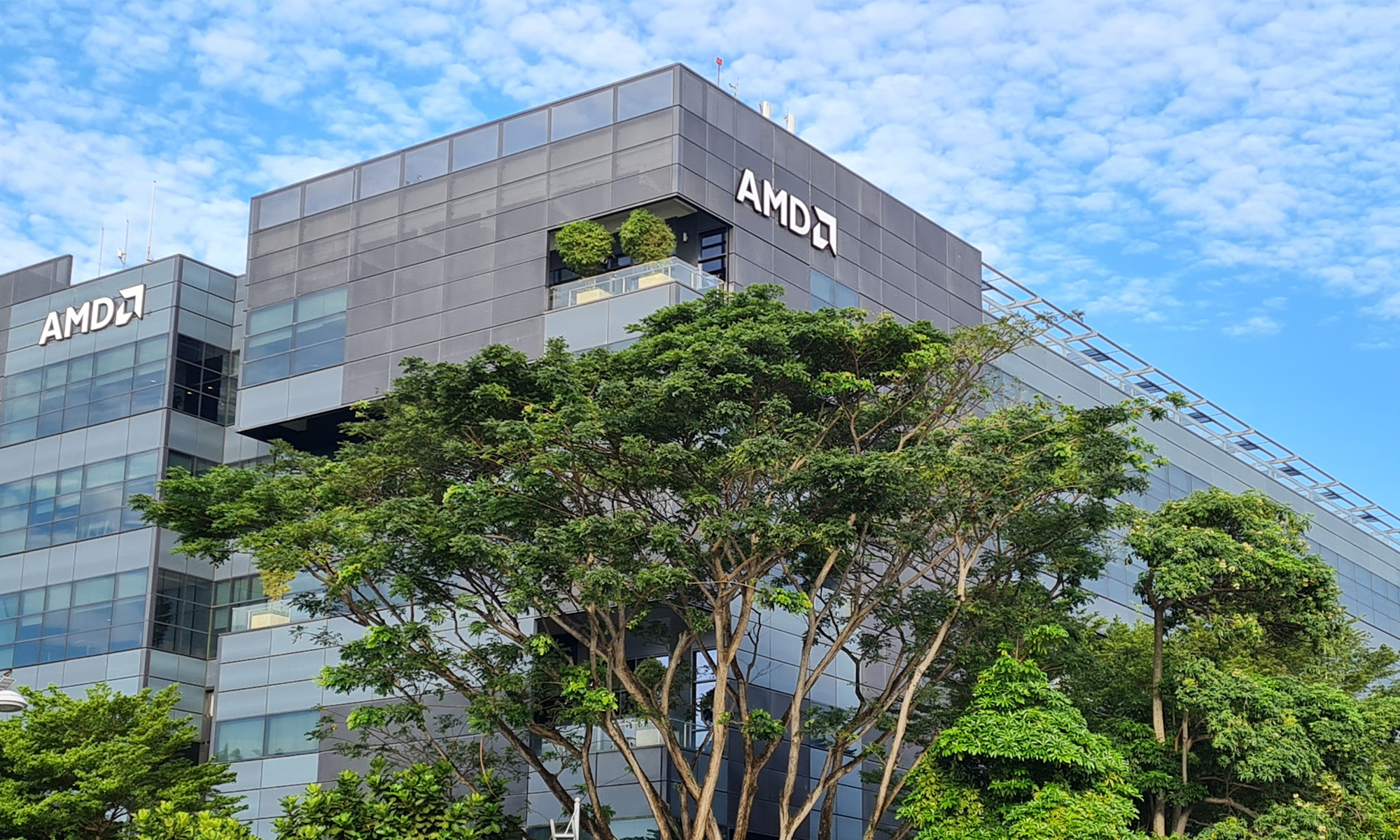Sales of discrete graphics cards have taken a hit in recent quarters thanks to the cryptocurrency bust, which has taken a toll on both Advanced Micro Devices (AMD +0.10%) and NVIDIA (NVDA 0.32%).
According to Jon Peddie Research, too much inventory in retail channels led to a 19.2% sequential decline in discrete GPU (graphics processing unit) shipments during the third quarter of 2018 (the latest quarter for which data are available). The decline was much larger on a year-over-year basis (36.1%) in what is usually the strongest quarter for GPU demand.
NVIDIA, however, has emerged from this bloodbath as the stronger player. Its discrete graphics card market share increased 150 basis points to 74.3% during the third quarter of 2018 at the cost of AMD, which took the remaining piece of the pie (25.7%), according to Jon Peddie Research.
That doesn't look pretty for AMD, as it controlled over 36% of the GPU market in the second quarter of last year. Investors are probably thinking that NVIDIA could end up dominating the graphics card space this year, but that might not be the case. AMD has a few neat tricks up its sleeve.

Image Source: AMD
Making a statement
AMD stepped up its game in the GPU space by launching the world's first 7-nanometer (nm) gaming card in January this year. The Radeon VII graphics card is 29% more powerful in gaming performance compared to the preceding flagship, which was based on a 14nm process. More importantly, the new GPU doesn't hog extra energy while delivering that performance bump.
Now, this GPU isn't a direct competitor to NVIDIA's current flagship, the RTX 2080 Ti. Instead, it goes head to head against the RTX 2080. Digital Trends data suggest that the AMD offering can not only beat the RTX 2080 hands-down in certain tests, but can also give the NVIDIA flagship a run for its money. In fact, the Radeon VII has beaten the RTX 2080 Ti while running games such as Battlefield V and Civilization VI.
That's really impressive considering that the AMD graphics card is priced at $699, while the RTX 2080 Ti is priced at $1,199 for the founder's edition. The more direct competitor, the RTX 2080, is priced at $799 for the founder's edition, so AMD is playing a smart game by offering a more powerful card at a lower price.
Of course, the AMD card has some drawbacks. For instance, it consumes around 20% more power than the RTX 2080, and the NVIDIA offering also packs new tech such as ray tracing. But then AMD's card offers more computing power on a lower budget thanks to superior specs and an advanced manufacturing process. Additionally, ray tracing shouldn't be a deal-breaker for most gamers, as there aren't many games out there that support this technology yet.
On the other hand, NVIDIA is finding it difficult to move its high-priced graphics cards. Management recently admitted that gamers are probably waiting for cards at cheaper price points to hit the market, and AMD could probably capitalize on this with the Radeon VII.
Check out the latest NVIDIA and AMD earnings call transcripts.
AMD's grand plan
AMD CTO Mark Papermaster has indicated that the company will be refreshing its entire line-up of graphics cards in 2019 based on a 7nm architecture. That means we can expect the company to launch 7nm GPUs across several price points this year, giving gamers access to powerful cards built on an advanced manufacturing process that won't pinch their pockets.
NVIDIA is expected to come out with its own 7nm GPUs sometime next year. Sales of NVIDIA's latest graphics cards -- such as the RTX 2070 and the RTX 2080 -- have been really disappointing of late, sending the company's gaming revenue down 45% annually last quarter.
AMD is doing better than NVIDIA, with the former's computing and graphics revenue increasing last quarter. Looking ahead, it wouldn't be surprising to see AMD sustain this advantage and boost its market share as well-priced and powerful graphics cards attract more gamers.







